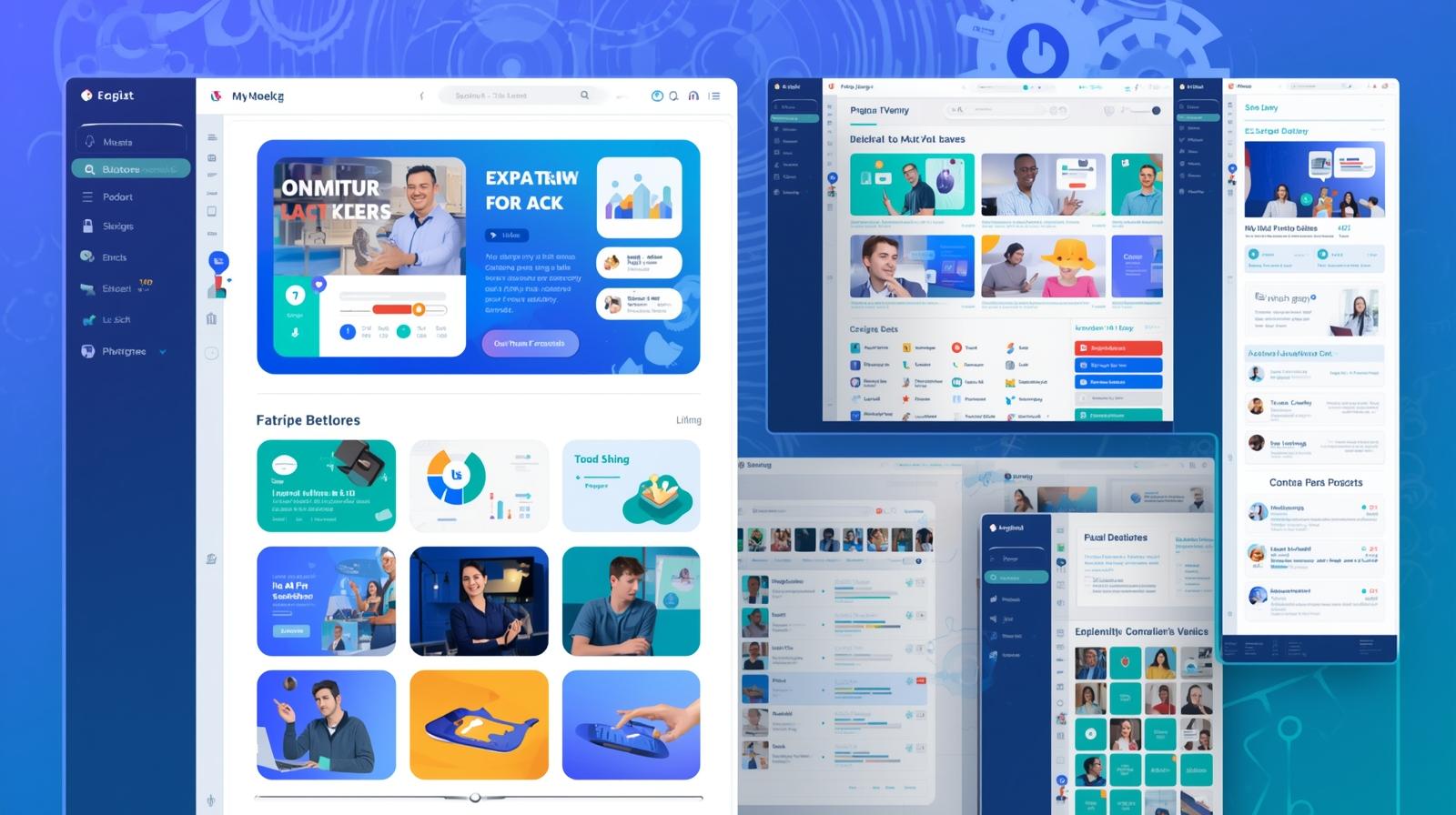The Shift in How Tech Pros Work
For years, tech jobs were the dream — stable salaries, remote work perks, and solid growth. But 2025 looks different. Tech professionals are realizing that one paycheck isn’t enough anymore. Budgets are tight, automation is changing teams, and everyone wants more freedom.
That’s where side hustles come in. Not just random gigs, but real skill-based projects that can grow into solid income streams. If you already have technical skills — coding, design, data, or systems — you’re sitting on opportunities most people can’t even see.
These seven ideas aren’t trends or overnight schemes. They’re practical, scalable, and tested. The kind of work that fits after hours or on weekends but still builds something meaningful.

1. Freelance Software Development
Let’s start with the obvious one — freelance coding. It’s not new, but it’s still one of the most profitable and flexible ways to earn online.
Small companies, startups, and founders always need help with projects. They don’t have time or budget for a full-time developer, but they’ll gladly pay someone who can solve a problem fast.
You don’t need to chase every job listing either. Focus on micro projects: landing pages, bug fixes, app prototypes, and simple automations. Deliver quality once, and you’ll have repeat clients.
Where to work: Upwork, Toptal, Contra, and LinkedIn direct outreach.
Average pay: $50–$120/hour, depending on your tech stack.
It’s honest work, not passive — but it’s the fastest route to solid extra income.
2. Technical Writing and Tutorials
You’d be surprised how few tech professionals can explain things clearly. If you can teach or write, that’s a serious advantage.
Start with documentation — simple guides, setup walkthroughs, or API docs. From there, you can move into tutorials and blog content for tech companies. Developers don’t always have time to write about their work, but companies still need readable content for marketing.
Good places to find work: Write the Docs, LinkedIn, and niche Slack communities.
Typical rate: $300–$1,000 per article or $50–$100/hour.
The best part? Once you get comfortable, you can build your own platform — a newsletter, a YouTube channel, or even sell technical courses later.
3. Building No-Code Apps
No-code tools are reshaping how people build software. Bubble, Glide, and Softr let you create apps without writing much code — and that’s where tech professionals have an edge.
Most non-tech entrepreneurs don’t know how to connect things properly. You can step in, build functional tools, and charge premium rates because you understand logic and structure.
Some creators build internal apps for small businesses — CRM systems, booking tools, dashboards — while others design templates and sell them on Gumroad or marketplaces.
Possible income: $1,000–$10,000/month once you have a few templates or clients.
The difference between an average no-code builder and a successful one? Understanding how real businesses work. Use your technical background to solve specific problems — not just make pretty apps.
4. Data Analytics and Dashboards
If you’re comfortable with data, this is a goldmine. Businesses are swimming in numbers but can’t make sense of them.
Offer simple solutions: set up reports, visualize data, automate metrics. Tools like Power BI, Looker Studio, or Google Sheets extensions make it easier than ever to create dashboards that clients actually use.
Freelancers in this niche are rare — and that’s why clients pay more.
Use cases: Sales dashboards, marketing performance tracking, or internal KPIs.
Tools: Power BI, Google Data Studio, Tableau, or even Python (for data cleaning).
Pay range: $500–$3,000 per project.
If you can turn spreadsheets into something a manager can understand at a glance, you’re instantly valuable.
5. Automation and Systems Setup
Every business is drowning in repetitive tasks — email follow-ups, spreadsheet updates, CRM syncing. If you understand integrations, you can automate all of that and get paid well for it.
Tools like Zapier, Make (formerly Integromat), and Airtable have made workflow automation accessible, but business owners still don’t know how to use them properly.
Offer to connect their tools. Build automations that save them time. They’ll pay because your work directly improves efficiency.
Example projects:
- Automate lead collection from websites
- Link CRMs to project boards
- Auto-send client invoices after task completion
Average pay: $500–$4,000 per setup depending on the system size.
6. Design and Front-End Branding
Even with AI tools, good design still wins. It’s the part that sells.
If you’re good with visuals — or even just organized and detail-oriented — you can create UI/UX kits, web templates, or landing pages for small startups. Figma and Framer make it easy to package designs into sellable assets.
You don’t need to be a full-time designer. Just solve one problem well: better websites, cleaner interfaces, or faster prototyping.
Where to sell: Dribbble, Gumroad, or direct outreach to founders.
Typical project fee: $500–$2,500.
Good design with functionality always finds demand.
7. AI Integration for Small Businesses
AI isn’t replacing tech professionals — it’s amplifying the ones who use it well.
You can build chatbots, custom GPT workflows, or automation dashboards for small companies that can’t afford a developer team.
Most small businesses know AI exists but don’t know how to use it. You can bridge that gap by setting up real tools — customer support bots, document generators, or internal automation systems.
Platforms: OpenAI API, Zapier, and Make.
Average income: $1,500–$8,000 per custom setup.
Once you master a few examples, you can productize your work — offer a flat-rate “AI Setup Package” for different industries.
How to Pick the Right Side Hustle
Don’t chase everything. Start small. Pick one skill that you’re already confident in and test it.
If you like solving problems directly, start freelancing. If you prefer building things quietly, try templates or no-code tools. The best side hustles are the ones that match your pace, not just your income goals.
Spend your first month building reputation, not money. Once you’ve got one success story, the rest becomes easier — word spreads, reviews pile up, and rates climb naturally.
Final Thoughts — The Digital Hustle Hub Perspective
Side hustles in 2025 aren’t about escaping work. They’re about owning your work.
Tech professionals have a head start — you already understand how systems, logic, and tools work. What’s left is turning that knowledge into something you control.
Start small, test ideas, learn as you go. The web doesn’t reward perfection — it rewards consistency.
In the end, the smartest hustle isn’t the flashiest one. It’s the one that quietly pays your bills, builds your independence, and lets you call the shots.



